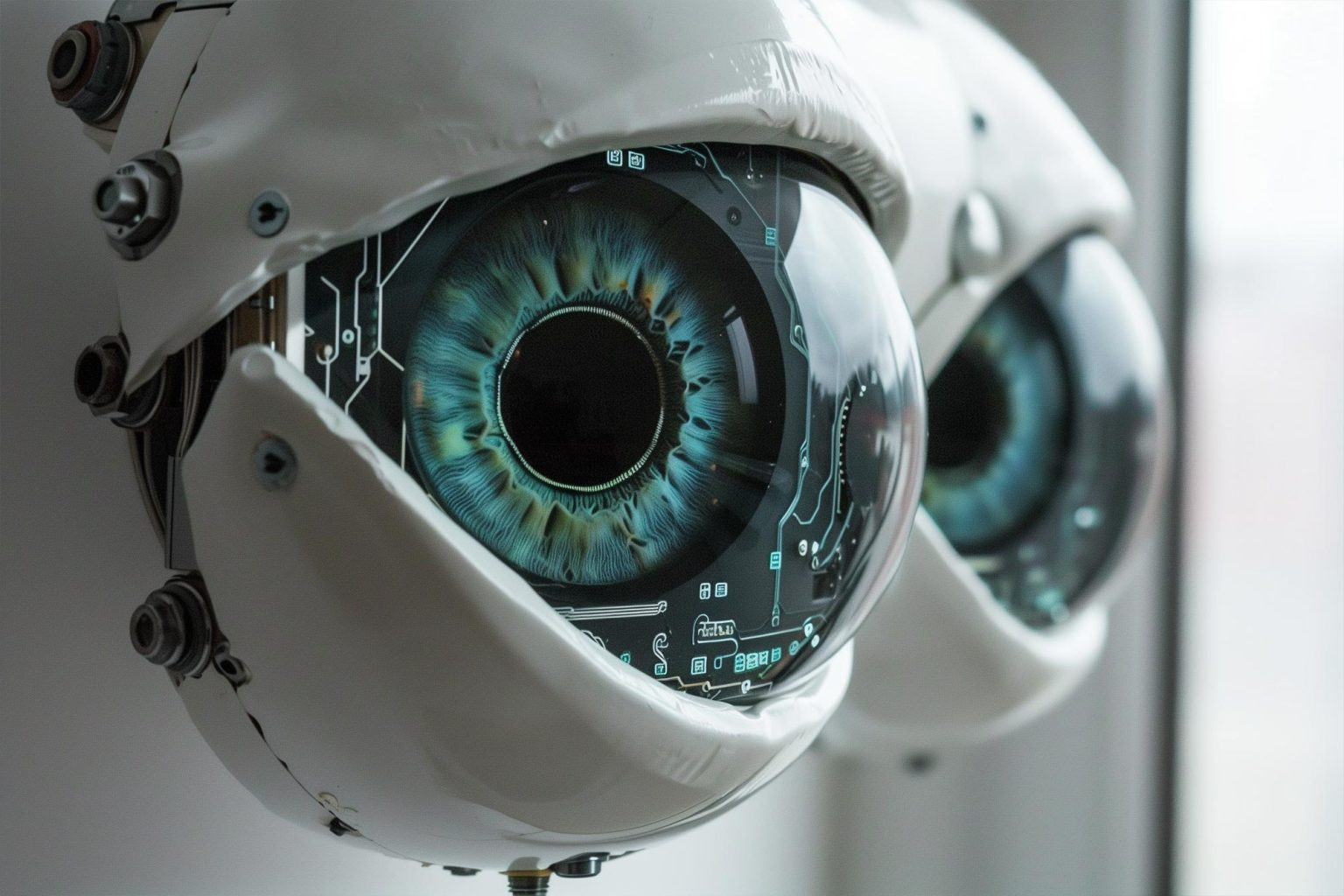Maybe "metaverse" is a new way to say "Internet". It's the future of digital interaction. The AI-based chatbots can connect with data glasses, and the user can give spoken commands to the system. The data glasses can be connected to a mobile telephone, and the user can give spoken commands to it.
In those systems, the calculation and other operations are outsourced to central computers, that are in data centers. That makes the carried devices lighter. But batteries are the main problem with those systems.
Things like virtual keyboards can help the user in a noisy environment. In the ultimate versions of the metaverse, the user can use data glasses, with the integrated brain-computer interface, or, BCI user interface. In those systems, the user can communicate with computers using BCI.
The BCI operates like systems that compile voice in police stations. The BCI records the EEG and then it connects those curves with curves that are stored in its memories. Then if it finds the match the image activates an action that is connected to the EEG curves.
Metaverse is not anything as special as we might think. We can say that it's only the new interface. That connects people, computer hardware, and networks to entirety. With this system, the user uses virtual reality and other tools. Or, as Ross Pomeroy says in his article at FreeThink.com, the metaverse would be the new way to say the word "internet. And it would be a less or more revolutionary way to use the net.
The metaverse can be the new version of the internet. The experience of the metaverse use can be an interesting thing. The user can flow in the virtual room, where the applications are like books or virtual labels. Maybe the user can select what those rooms might look like. It's possible. That metaverse is like a virtual city or virtual house. The service providers will be like houses or rooms. The user can make virtual teleportation between rooms, or fly and travel at virtual houses, or virtual streets.
The metaverse users can also make business meetings and other kinds of things in virtual rooms. They can use characters that look like them or avatars. The imagination is limited to those things.
The metaverse will make it possible to control physical robots in new ways. And that makes it possible to do remote surgery or fix cars. Using remote-control robots. When a system uses machine learning and other similar things the robots can learn new things. And maybe in the future is possible that the human leaders just oversee. Then the robot makes the work.
The new fast internet makes this kind of thing possible. The metaverse that is connected with VR classes can be a new tool for almost everything. The VR classes that use augmented reality can revolutionize traffic and there are lots of military applications. The augmented reality can connect with a drone that hovers above the vehicle.
This allows the driver or autopilot to drive a vehicle into the parking lot better than just watching from mirrors. The system allows the driver or computer to see the vehicle from above. The AI can advise how the driver must turn the steering wheel and move the vehicle even if the car doesn't have autopilot. The law enforcement and military operators can use drones to observe their environment.
When a person who uses a VR system walks into a shopping center the system can introduce things like sales to a person. However, portable, lightweight VR systems have shown their power in the Ukraine war. The small drones, whose weight is a couple of grams can hover above the team. The kamikaze- or bomber drones can transmit data to tactical and strategic level commanders. They can hover above the combat units, and then make their attack if they see the target.
https://www.freethink.com/internet/metaverse-is-new-internet























